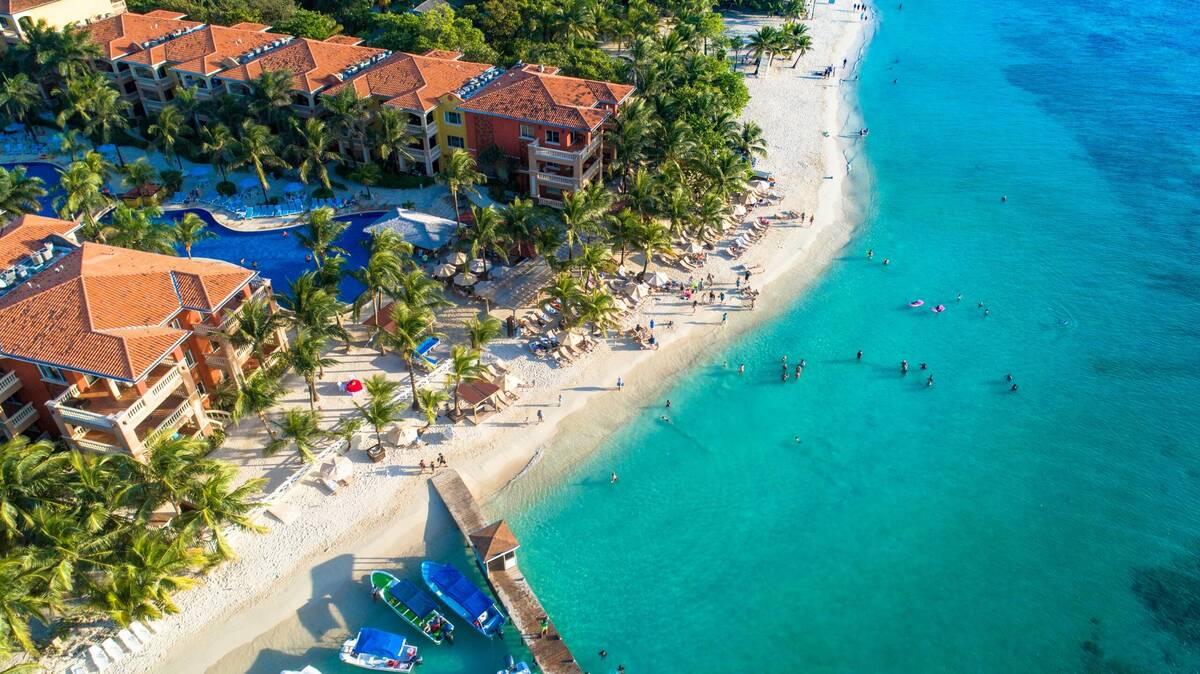Lucky Bay, Western Australia
Lucky Bay is in Cape Le Grand National Park close by to Esperance on Western Australia’s South Coast. The idyllic stretch of caster-sugar white sand often hits the top spot of Australia’s best beaches lists. It’s also claimed to be the ‘most Australian’ beach in the country.
The reason why? It’s not just visitors that can’t resist lazing on the sparkling white sand. Kangaroos are a fan of Lucky Bay too, and you’ll often find several snoozing under the sun’s hot rays.
After lounging on the beach and frolicking in the turquoise waters, consider hiking one of the local coastal trails. There you can admire sweeping views of the Recherche Archipelago and can keep an eye out for migrating whales that cruise the waters below. For the best chance of spotting these gentle beasts, visit between July and October.























Comments